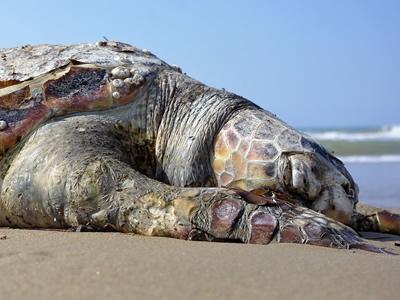
When a species dies out it disappears forever. Humans are often responsible for hunting and killing some animals to extinction, like the passenger pigeon, the last of which died in a zoo.
Fossils show that there have been five previous periods of history when an unusually high number of extinctions occurred in what are known as mass extinctions. Most of the Earth’s species went extinct roughly 266 million to 252 million years ago in the Permian extinction.
Those losses, however, also paved the way for dinosaurs to evolve into existence, as mass extinctions create a chance for new species to emerge. Dinosaurs met their end about 65 million years ago in another mass extinction at the end of the Cretaceous period. A large crater off of Mexico’s Yucatán Peninsula suggests that an asteroid most likely struck there. Scientists believe that volcanic eruptions in India caused global warming that also may have contributed to the mass extinction.
Scientists are debating whether Earth is now in the midst of a sixth mass extinction. If so, it may be the fastest one ever with a rate of 1,000 to 10,000 times the baseline extinction rate of one to five species per year. Humans are largely responsible for the striking trend. Scientists believe that pollution, land clearing, and overfishing might drive half of the planet’s existing land and marine species to extinction by 2100.
Slowly increasing surface temperatures caused by heightened levels of greenhouse gases likely will cause many species to move toward the Earth’s poles and higher up into the mountains to stay in habitats with the same climates. But not all species will be able to adapt quickly enough to stave off extinction and many are expected to perish.
Credit : National Geographic
Picture Credit : Google




